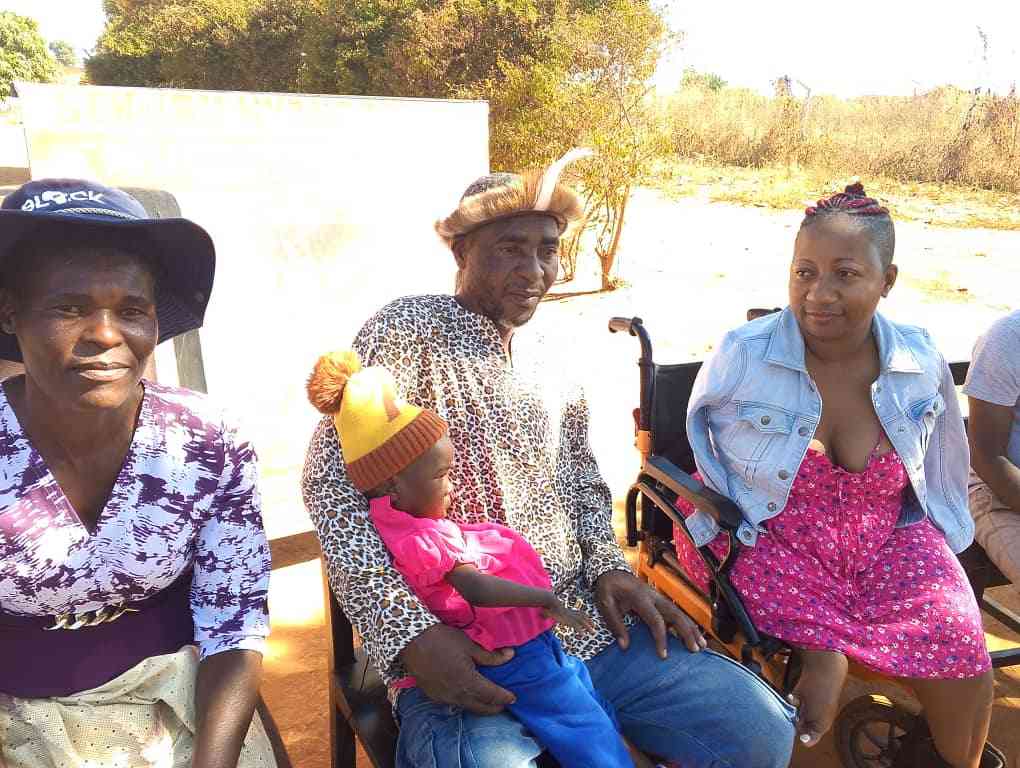
By Moses Mugugunyeki recently in Mangwe
A large chunk of Matabeleland South province is a heterogeneous area with potentially destructive natural and socio-natural hazards being the order of the day.
Hailstorms, strong winds and floods are recurrent, particularly during the rainy season, creating high levels of risk. This is exarcebated by susceptible conditions and dearth of spaces for social participation in development processes.
The integration of disaster risk management in the education sector and communities is crucial in order to increase awareness of the effects and causes of disasters.
Mangwe district is one such area in Matabeleland South that has fallen prey to destructive natural and socio-natural hazards, especially hailstorms and strong winds. Schools, churches, homes and other institutions have had their roofs blown away every rainy season, exposing these communities in the south-western part of the country.
It is against this background that the Zimbabwe Red Cross Society (ZRCS) took an initiative that opens up spaces for social participation among community members.
Running under the title, Resilience through Disaster Response Management: Cash Preparedness and Comprehensive School Safety and powered by the European Union, the project is meant to enhance national disaster risk management capacities and community resilience.
According to ZRCS secretary-general Maxwell Phiri, one component of the programme, the School Risk Assessment, is meant to help schools take action to manage risks, thereby contributing to a culture of prevention.
- Chamisa under fire over US$120K donation
- Mavhunga puts DeMbare into Chibuku quarterfinals
- Pension funds bet on Cabora Bassa oilfields
- Councils defy govt fire tender directive
Keep Reading
“The School Risk Assessment designed by ZRCS aims at engaging schools in the participatory understanding on hazards and risks that can affect the safety and well-being of students and staff,” said Phiri.
“It is a process of self-reflection and learning [awareness-raising] led by the members of the student community itself; placing a strong focus on the views and expectations of the students regardless of their age.”
ZRCS is running the project in 10 schools in Mangwe, with the hope of spreading to other districts.
Phiri said the idea was to reduce disaster risks while strengthening the capacities of the Mangwe community to respond to emergencies.
“The School Risk Assessment will allow schools to later design well-informed school disaster risk reduction plans and contingency plans,” he said.
During a recent tour of one of the schools in Mangwe district, Muzazane Primary School, where the programme is being implemented, Standard Style established that a multi-pronged approach, incorporating schools, the community and ZRCS, was being used.
“The proposed School Risk Assessment methodology stipulates three levels of analysis: the first conducted by the students, the second conducted by the members of the School Disaster Risk Management Committee, and the third conducted by technical government agencies,” said Phiri.
Standard Style witnessed an hour-long lesson where pupils conducted an assessment of their own classroom with the facilitation of a teacher.
“The idea is to involve children from the grassroots so that we raise awareness and inculcate a sense of safety and prevention. Since education helps convey important messages that promote security and well-being, we believe embracing disaster risk management in education is the best way to go,” said Phiri.
ZRCS is also partnering the Finnish Red Cross, British Red Cross and World Food Programme in the two-year-long project.











